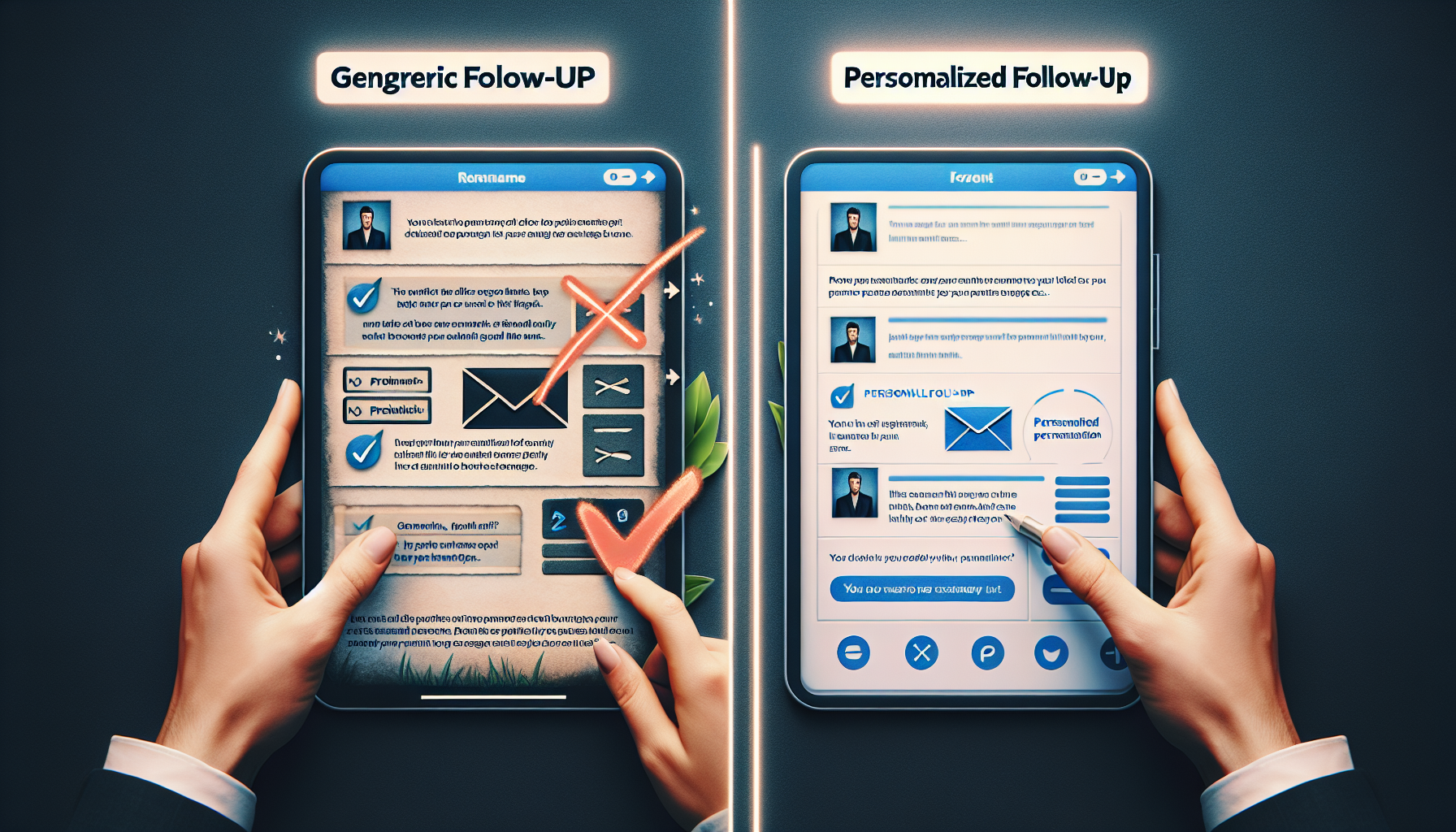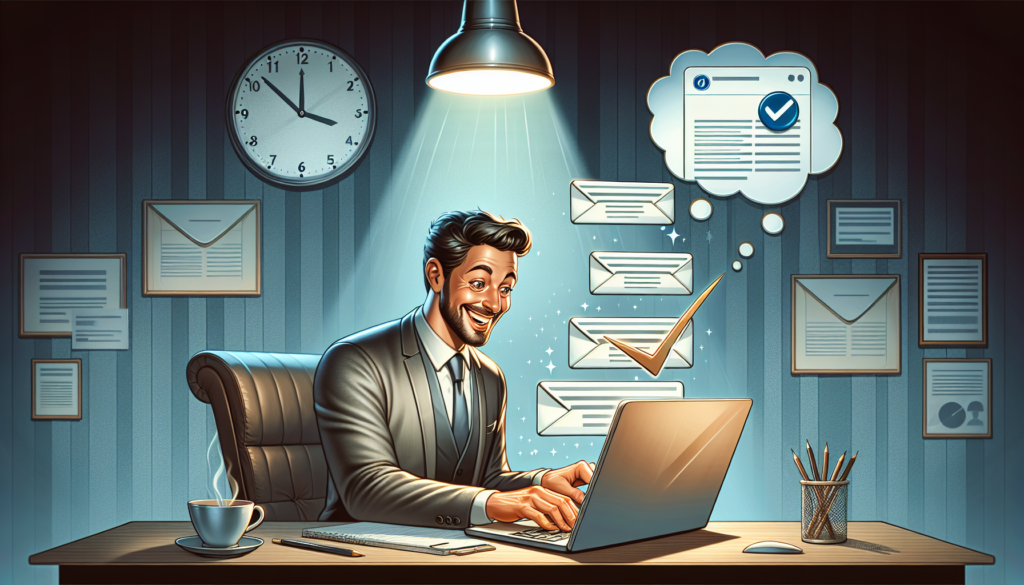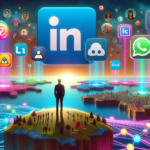Follow Up (Politely): How Your Second Email Can Transform Your Success Rate in 2024
Meta: Learn the art of polite follow-up emails that get results. Discover proven strategies, templates, and timing tips to boost your response rates without being pushy.
Did you know that 70% of sales email chains require at least five follow-ups, yet only 8% of salespeople actually reach out more than once? I’ve been there – staring at my inbox, wondering if I should send that second email or just let it go. But here’s the truth: your follow-up email could be the game-changing moment in your professional relationships. Let’s transform your follow-up strategy from uncertain to unstoppable!

Why Second Follow-Ups Matter
You know, it’s fascinating how our brains work when it comes to email responses. We’re all guilty of letting messages slip through the cracks sometimes, but did you know that sending a second follow-up can dramatically increase your chances of getting a reply?
Let’s talk numbers for a second. Studies have shown that follow-up emails can boost response rates by up to 40%! That’s not just a small bump – it’s a game-changer. But here’s the kicker: many people shy away from sending that crucial second email because they’re worried about being annoying.
Here’s the thing, though – that fear is often based on myths. People think recipients will be irritated, but in reality, most understand that emails can get lost in busy inboxes. The key is finding that ‘sweet spot’ in timing. Too soon, and you might seem pushy; too late, and the opportunity might have passed.
Crafting the Perfect Follow-Up Email
Now, let’s dive into what makes a follow-up email truly effective. It’s not just about asking, “Hey, did you get my last email?” There’s an art to it.
First off, personalization is your best friend. Use the recipient’s name, reference previous interactions, and show that you’ve done your homework. It’s the difference between “Dear Sir/Madam” and “Hi Sarah, I loved your presentation at last week’s conference!”
When it comes to subject lines, clarity and intrigue are your goals. Something like “Quick question about our last conversation” can work wonders. It’s specific enough to jog their memory but intriguing enough to encourage an open.
Don’t forget to reinforce your value proposition. Remind them why your original message was worth their time and how it can benefit them. It’s not just about what you want – it’s about what you can offer.
Timing is Everything: When to Send Your Follow-Up
Alright, so you’ve crafted a killer follow-up email. But when should you hit send? Timing can make or break your efforts.
Generally, waiting 2-3 days after your initial email is a good rule of thumb. It gives the recipient time to catch up on their inbox without letting too much time pass. But remember, this can vary depending on your industry and the urgency of your message.
As for the best days and times, midweek mornings often see higher open rates. Tuesdays and Thursdays between 10 AM and 2 PM are typically sweet spots. But again, consider your audience – a night owl entrepreneur might be more responsive to evening emails.
Pro tip: Use scheduling tools to your advantage. They can help you hit those optimal times without being chained to your desk.
Templates That Get Results
Now, I know what you’re thinking – “Give me some examples already!” Don’t worry, I’ve got you covered. Let’s look at some templates that have proven to be effective across different scenarios.
For B2B follow-ups:
“Hi [Name], I hope this email finds you well. I wanted to circle back on the [product/service] we discussed last week. Have you had a chance to review the proposal? I’d be happy to answer any questions or provide more information if needed.”
For sales follow-ups:
“Hello [Name], I hope you’re having a great week. I’m reaching out to see if you’ve had time to consider the [offer/product] we talked about. I’d love to hear your thoughts or address any concerns you might have.”
For networking follow-ups:
“Hi [Name], It was great meeting you at [event]. I’ve been thinking about our conversation regarding [topic], and I came across this article that I thought you might find interesting. Would you be open to grabbing a coffee sometime to discuss further?”
For job application follow-ups:
“Dear [Hiring Manager’s Name], I hope this email finds you well. I wanted to follow up on the [position] application I submitted last week. I’m very excited about the opportunity to join your team and would love to discuss how my skills align with your needs. Please let me know if you need any additional information from me.”
Common Mistakes to Avoid
Now, let’s talk about what not to do. We’ve all been on the receiving end of pushy or generic follow-ups, and let’s face it – they’re not great.
One of the biggest mistakes is using aggressive language. Phrases like “I’m following up for the third time” or “I haven’t heard back from you yet” can come across as confrontational. Remember, you’re trying to build a relationship, not start a fight.
Another no-no is following up too quickly. Give people time to breathe! If you’re sending a follow-up within hours of your first email, you might come across as impatient or desperate.
Generic messages are also a big turn-off. If your follow-up could be sent to anyone, it probably won’t resonate with anyone. Take the time to personalize and show that you value the individual relationship.
Lastly, don’t overlook previous interactions. If you’ve had multiple touchpoints with someone, reference them. It shows you’re paying attention and value the ongoing conversation.
Advanced Follow-Up Strategies
Ready to take your follow-up game to the next level? Let’s explore some advanced strategies that can really set you apart.
Consider a multi-channel approach. If email isn’t getting results, maybe a LinkedIn message or a phone call could do the trick. Just be careful not to overwhelm – choose your channels wisely.
Social proof can be a powerful tool in your follow-ups. Mentioning recent successes, client testimonials, or industry recognition can add weight to your message and increase your credibility.
Automation can be your best friend, but use it wisely. Set up sequences that feel natural and personalized, not robotic. And always be ready to jump in manually if the situation calls for it.
Finally, don’t be afraid to A/B test your follow-ups. Try different subject lines, opening lines, or call-to-actions. The data you gather can help you refine your approach and boost your success rates over time.
Remember, following up is an art and a science. It takes practice, but with these strategies in your toolkit, you’re well on your way to mastering the follow-up game.

Conclusion
Remember, persistence pays off – but only when coupled with politeness and professionalism. By implementing these strategies and maintaining a respectful approach, you’ll transform your follow-up game from good to exceptional. Start applying these techniques today, and watch your response rates soar!




